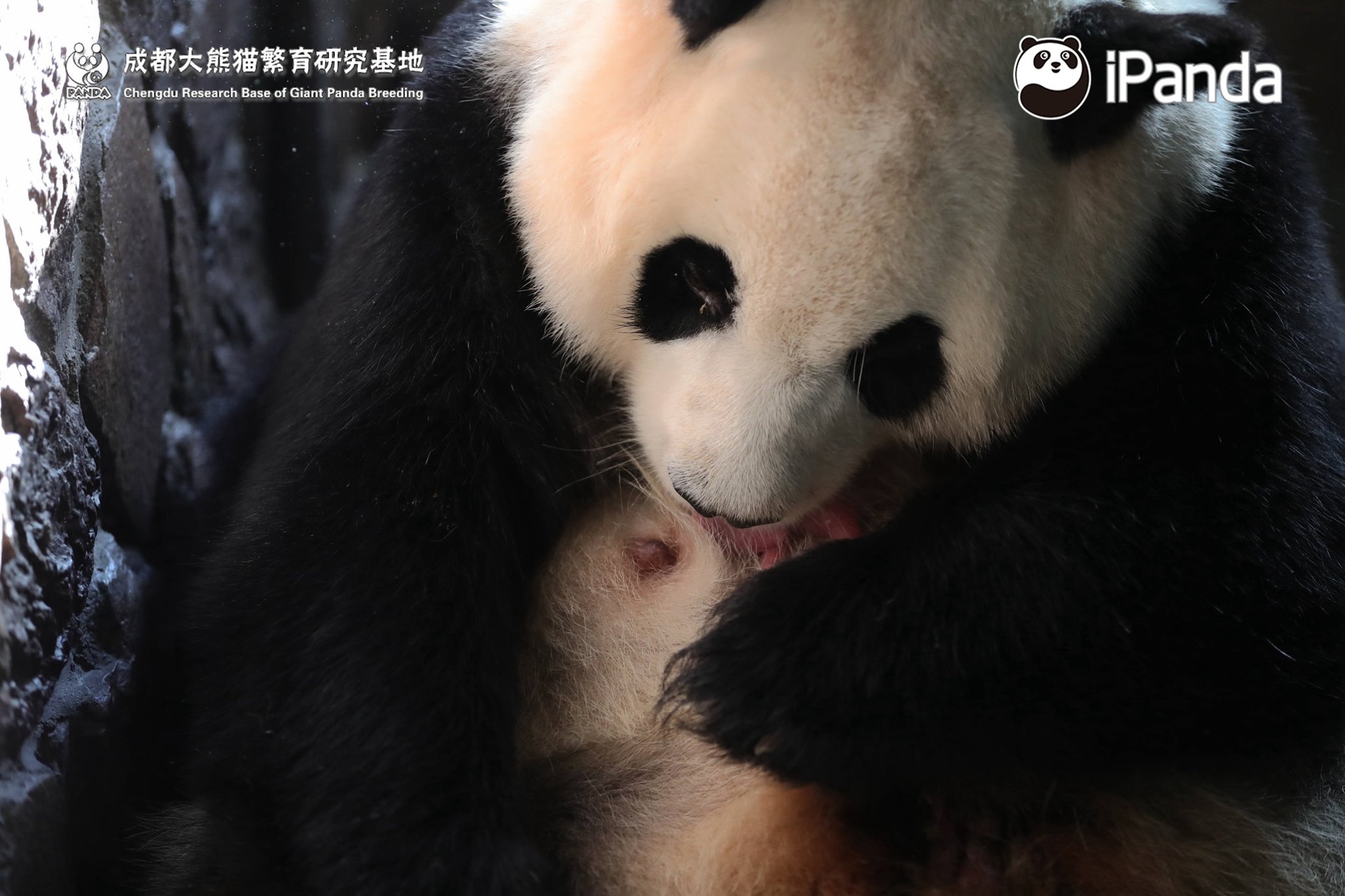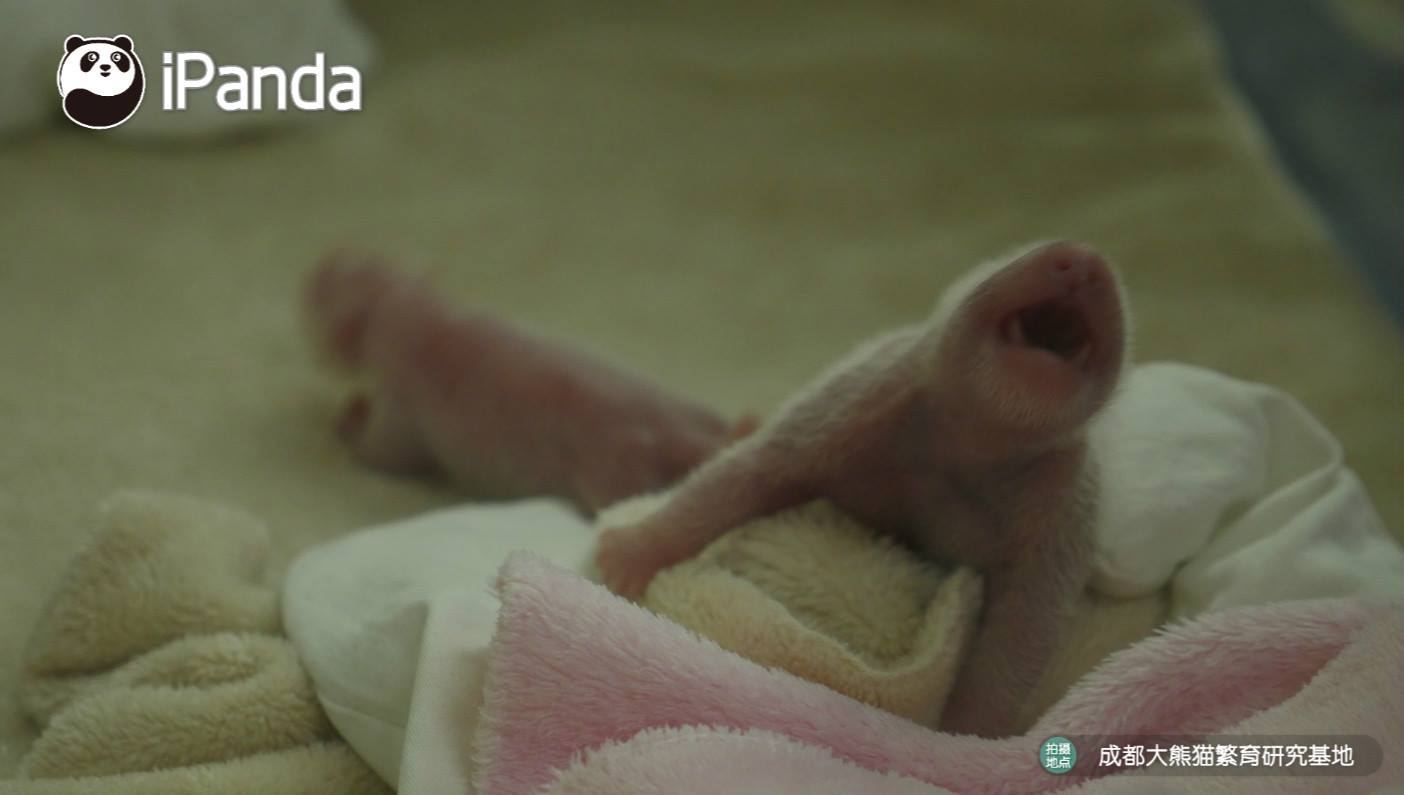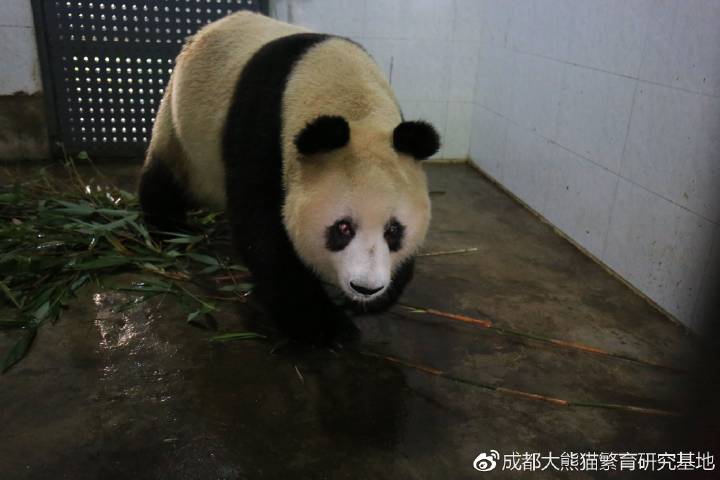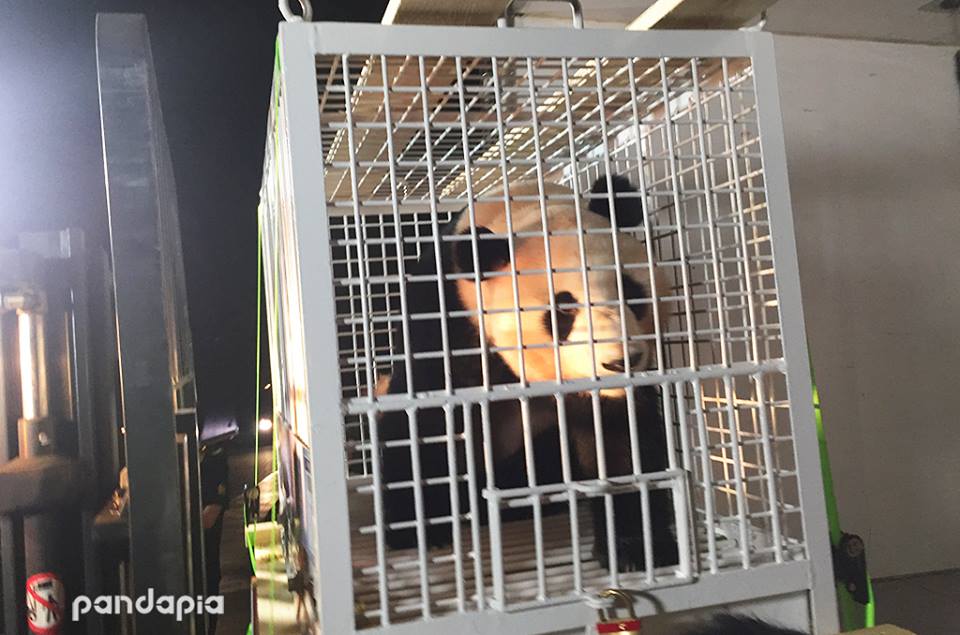Metamorphosis of Long Long
On April 17, 2012, a critically ill wild panda was discovered in Hongkou National Nature Reserve in Sichuan Province. Upon receipt of the notice, Chengdu Research Base of Giant Panda Breeding rushed to the discovery site. From preliminary inspection at the first-aid station, the giant panda was determined to be a male, around 20-years old, extremely malnourished, skinny and seriously dehydrated, with rough and unglazed covering hair, inelastic skin, collapsed blood vessels, much ascites in abdominal cavity, the right foreleg broken from the wrist, a healed broken position, a over 20 cm long old scratch in his chest, many old scratches throughout this body and seriously-worn incisors. After basic on-site treatment, the giant panda was transported to the Chengdu Research Base for further rescue and treatment. Because he was from Longxi-Hongkou, the service personnel of the Base named him “Longlong”. At the Base, physiological and biochemical examinations over blood, stool and urine as well as abdomen ultrasonic examination determined that Longlong suffered serious pancreatitis and myocarditis, with a severely damaged liver, much in-vitro and in-vivo tick and roundworm. Due to extreme malnutrition (it was 62 kg but an adult male giant panda should be more than 110 kg generally), his several organs and systems had collapsed. After all-out rescue efforts for six days and six nights, Longlong who had no water for an extended period and experienced several occurrences of shock and respiratory arrest began drinking.
Click here for more info and Long Long’s photos: http://pandahome.org/en/News/PNews/2014-10-14/2831.html










